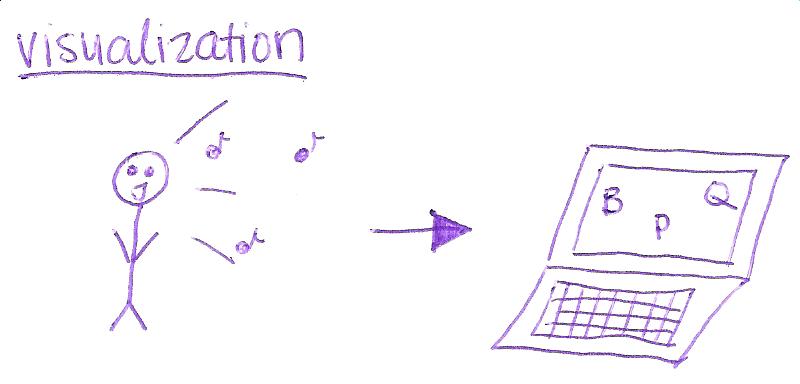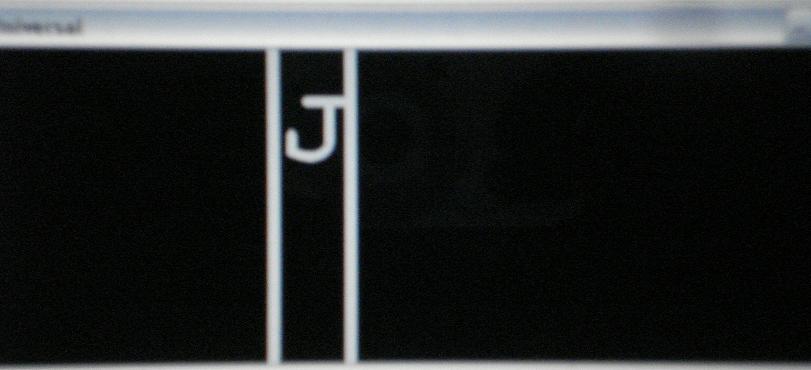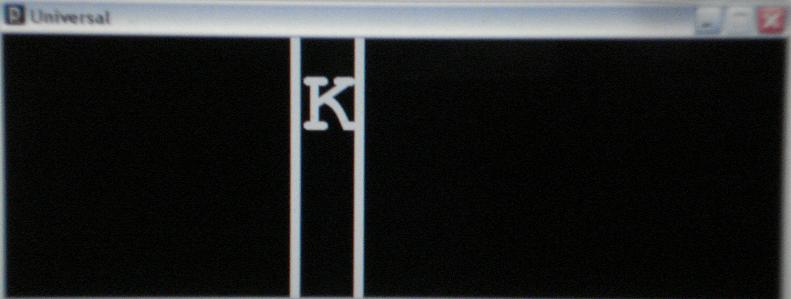Difference between revisions of "Universal Language"
From Robert-Depot
(→Documentation) |
|||
| (3 intermediate revisions by the same user not shown) | |||
| Line 1: | Line 1: | ||
== Motivation == | == Motivation == | ||
| − | I have always been interested in the idea that music is | + | I have always been interested in the idea that music is the "Universal Language." For this project, I decided to create a play on this idea by having sound correspond to written language- specifically to individual letters of the alphabet. |
| − | |||
== Visualization == | == Visualization == | ||
| Line 19: | Line 18: | ||
[[Image:UniversalLanguage2.jpg]] | [[Image:UniversalLanguage2.jpg]] | ||
| − | [ | + | [http://www.youtube.com/watch?v=OLi1QqDmJYI Universal Language Video Demo] |
[[Media:Code.pde]] | [[Media:Code.pde]] | ||
Latest revision as of 00:42, 11 June 2010
Contents
Motivation
I have always been interested in the idea that music is the "Universal Language." For this project, I decided to create a play on this idea by having sound correspond to written language- specifically to individual letters of the alphabet.
Visualization
Interactive paradigm
The frequency range of the user's voice will correspond to different letter which will appear on the screen. The idea is for the user to be able to spell out a word ("communicate") using only their voice (as opposed to speech).
Technical Description
The program will detect the frequency of the person's voice, which will then correspond to a letter which will appear on the screen, which is designed to replicate piano keys.


